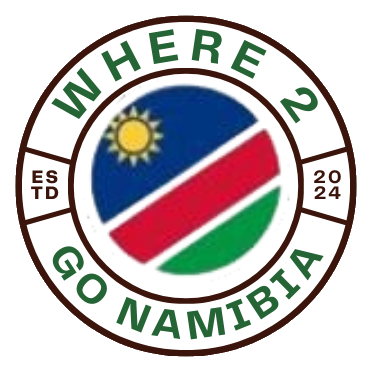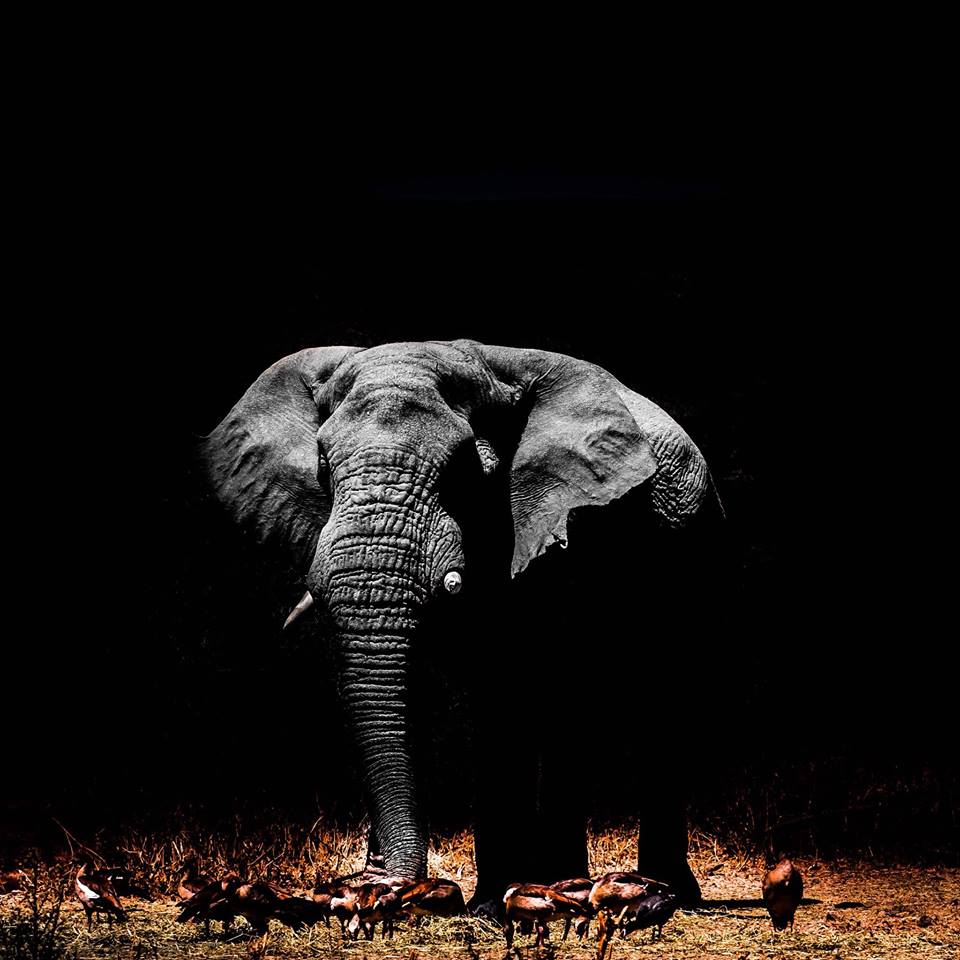Where2Go Namibia offers an unforgettable journey for photographers and adventurers alike, guiding you to Namibia’s Top 10 Photography Spots. From the striking red dunes of Sossusvlei to the haunting beauty of Deadvlei, the dramatic Skeleton Coast, and the wildlife-rich Etosha National Park, we’ll help you capture the essence of Namibia’s breathtaking landscapes. With expert guides weaving local folklore into every location, your experience will be as rich in stories as it is in stunning visuals. Let us show you why Namibia truly is the smile on the face of Africa!
In this post, we’ll explore the top 10 photography locations in Namibia, offering tips on how to capture their unique beauty.
1. Sossusvlei Dunes
Sossusvlei, located in the Namib-Naukluft National Park, is perhaps the most iconic photography location in Namibia. The towering red sand dunes here are some of the highest in the world, reaching up to 325 meters. Photographers can capture stunning contrasts as the golden light of sunrise or sunset creates deep shadows and accentuates the shape of the dunes. Dune 45, one of the most accessible dunes, is particularly popular for sunrise shoots, while the highest dune, Big Daddy, provides panoramic views of the desert. Wide-angle lenses are essential to capture the scale and vastness of this landscape.
2. Deadvlei
Adjacent to Sossusvlei, Deadvlei is a surreal scene of ancient, dead camelthorn trees set against a stark white clay pan. The trees are estimated to be over 900 years old, preserved by the dry climate. The contrast between the white pan, the blackened trees, and the red dunes in the background creates an otherworldly effect that makes for stunning images. A telephoto lens can help focus on the individual trees, while a wide-angle lens captures the vastness of the surrounding landscape.
3. Etosha National Park
Etosha is one of Africa’s premier wildlife photography destinations. The park’s vast salt pan, which becomes a shimmering white expanse in the dry season, creates dramatic backgrounds for animal portraits. Waterholes in the park attract a wide range of wildlife, including elephants, lions, rhinos, and giraffes, making it easy to capture close-up shots of these magnificent creatures. Etosha’s flat landscape also makes it ideal for photographing wildlife against Namibia’s striking sunsets.
4. Skeleton Coast
The Skeleton Coast is a remote, wild stretch of Namibia’s Atlantic coast, named for the numerous shipwrecks that dot its shores. The foggy, windswept beaches provide an eerie atmosphere, perfect for atmospheric photography. In addition to the shipwrecks, photographers can capture dramatic images of the desolate coastline, seal colonies, and even desert-adapted wildlife such as lions and elephants that roam the area. The stark beauty of the Skeleton Coast is ideal for moody, high-contrast photography.
5. Damaraland
Damaraland’s rugged, rocky landscapes are home to some of Namibia’s most unique wildlife, including desert-adapted elephants and black rhinos. The area’s dramatic rock formations, such as the Spitzkoppe and the Organ Pipes, offer incredible opportunities for landscape photography. The golden light at dawn and dusk highlights the deep reds and oranges of the rocks, creating a warm, ethereal glow. Damaraland’s remoteness also means minimal light pollution, making it a fantastic location for night sky photography.
6. Fish River Canyon
The Fish River Canyon, the second-largest canyon in the world, offers breathtaking views and fantastic opportunities for landscape photography. Photographers can capture the sheer scale of the canyon, which stretches for over 160 kilometers and plunges up to 550 meters deep. The best time to photograph the canyon is during sunrise or sunset when the light softens and the shadows create depth in the vast landscape. Hikers on the Fish River Trail can also photograph the canyon from within, offering unique perspectives.
7. Swakopmund
Swakopmund is a coastal town with a unique blend of old-world German architecture and the dramatic desert surroundings of the Namib. Photographers can capture the colonial-era buildings juxtaposed against the vast, barren landscapes just outside the town. The nearby sand dunes, ocean views, and rich birdlife, including flamingos at Walvis Bay, provide additional photographic opportunities. Swakopmund is also a great place to try aerial photography, with scenic flights offering spectacular views of the Namib Desert meeting the Atlantic Ocean.
8. Twyfelfontein
Twyfelfontein is home to one of the largest concentrations of ancient rock engravings in Africa. The UNESCO World Heritage Site features over 2,500 rock carvings, some dating back more than 6,000 years. Photographers can capture the intricate details of these engravings, set against the stunning backdrop of the surrounding red sandstone mountains. The soft, late-afternoon light enhances the warm tones of the rock and brings out the textures of the carvings.
9. Caprivi Strip
The Caprivi Strip, in the northeastern part of Namibia, is a stark contrast to the arid desert landscapes of the rest of the country. This region is lush and green, with rivers, wetlands, and abundant wildlife, making it a fantastic destination for nature and wildlife photographers. The birdlife in the Caprivi is particularly impressive, with over 600 species, including herons, kingfishers, and African fish eagles. Sunset boat cruises along the Zambezi River offer stunning opportunities for capturing wildlife against vibrant skies.
10. Kolmanskop Ghost Town
Kolmanskop is a fascinating ghost town located near Lüderitz, slowly being reclaimed by the desert. Once a thriving diamond mining town, Kolmanskop was abandoned in the 1950s, and today, sand dunes are slowly filling the buildings. Photographers can capture haunting images of the dilapidated structures, partially buried in sand, with rays of light streaming through broken windows. The juxtaposition of the man-made structures and the encroaching desert creates powerful, evocative images that tell a story of nature’s reclamation.
Namibia’s diverse and dramatic landscapes provide endless opportunities for photographers. Whether you’re capturing the wildlife of Etosha or the haunting beauty of Deadvlei, the country’s unique scenery will leave you with unforgettable images. Be sure to pack a variety of lenses, as Namibia’s varied landscapes demand both wide-angle shots and telephoto details.


